- Mar 25, 2021
Choose the Right Crawfish Lure for Every Situation
Do you ever wonder which crawfish-imitating soft plastic lure would work best for the way you want to fish? We’ll look at distinguishing features to help you make the best decision.
Bass love crawfish. This much we know. Crawfish provide important forage to all black bass species, and the craws’ locations and behavior dictate much about the bass’ locations and behavior.
Because crawfish offer such an important food source and because they use a broad range of habitats, countless lures are designed to match crawfish in their profile, action and/or color patterns. Interestingly, not all crawfish-imitating lures look alike. In fact, even if you take a single category, such as soft plastic crawfish-imitating lures, they take on a broad range of shapes. That’s because different crawfish lures are designed with different fishing situations in mind.
To be clear, most soft-plastic lures are versatile, and more than not could be rigged as a jig trailer, on a Texas rig, on a shaky head or a host of other ways and used for a variety of presentations. That said, certain design features make specific crawfish lures especially good for certain situations or techniques. We’ll focus on those distinctions among five YUM crawfish lures and examine how they impact decisions about which one to use.
Wooly Hawgcraw
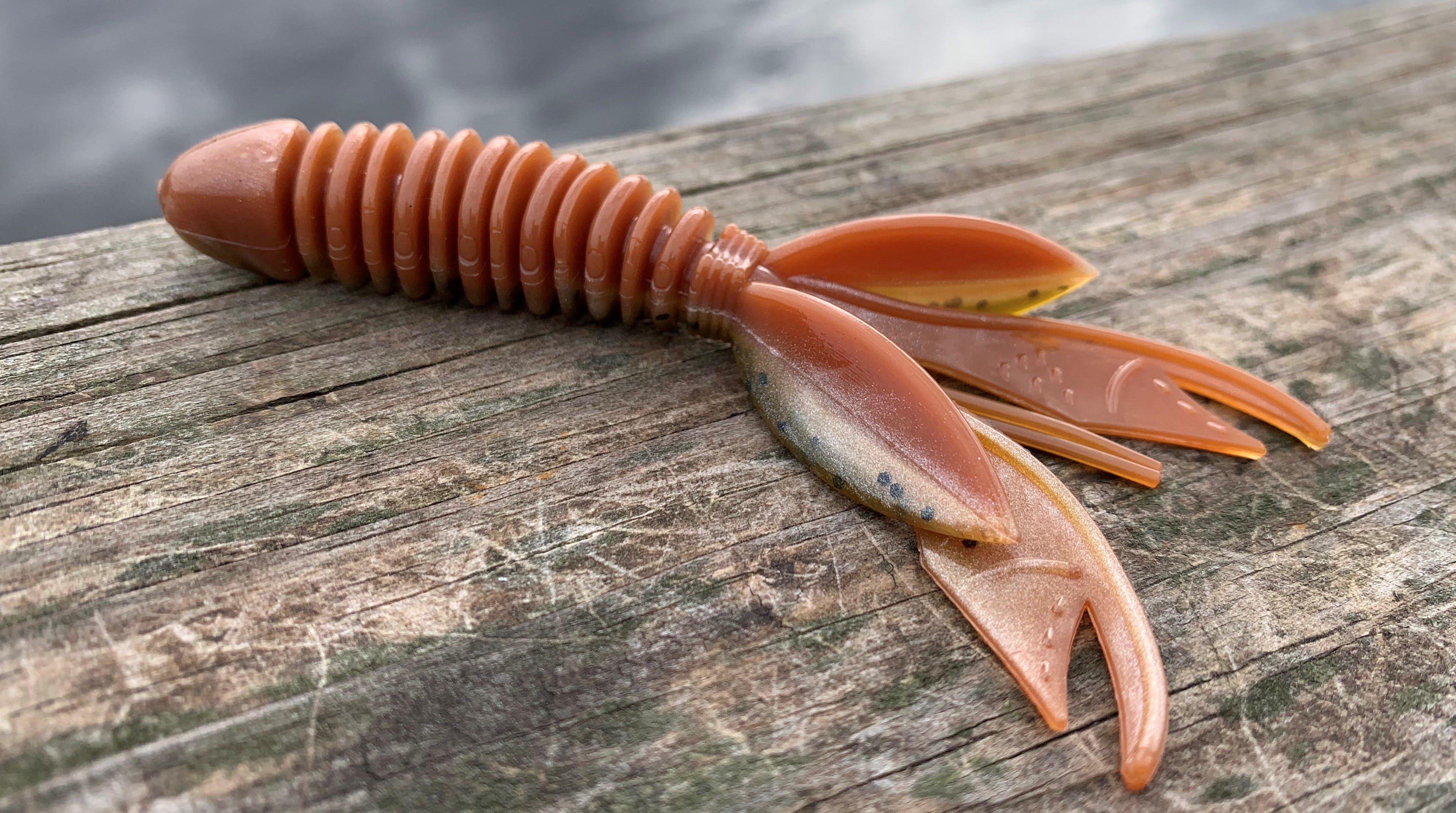

Part of YUM’s family of old-school “Wooly” baits, all which have deeply ribbed bodies, the Wooly Hawgcraw gains its craw-like appearance from flat, flapping claws and antennas at the back end.
The Wooly Hawgcraw can be fished several ways, but it excels for flipping and pitching into thick cover, be it in the form of matted vegetation, pads or brush. A streamline profile allows a Wooly Hawgcraw to penetrate matted vegetation and other thick stuff, and the ribs and flapping claws create a lot of vibration, helping bass find the bait, even in low light and with significant obstructions.
The Wooly Hawgcraw’s ribbed body structure also guards the hook point in cover but allows for easy penetration and high hook-up rates when you set the hook.
Craw Papi
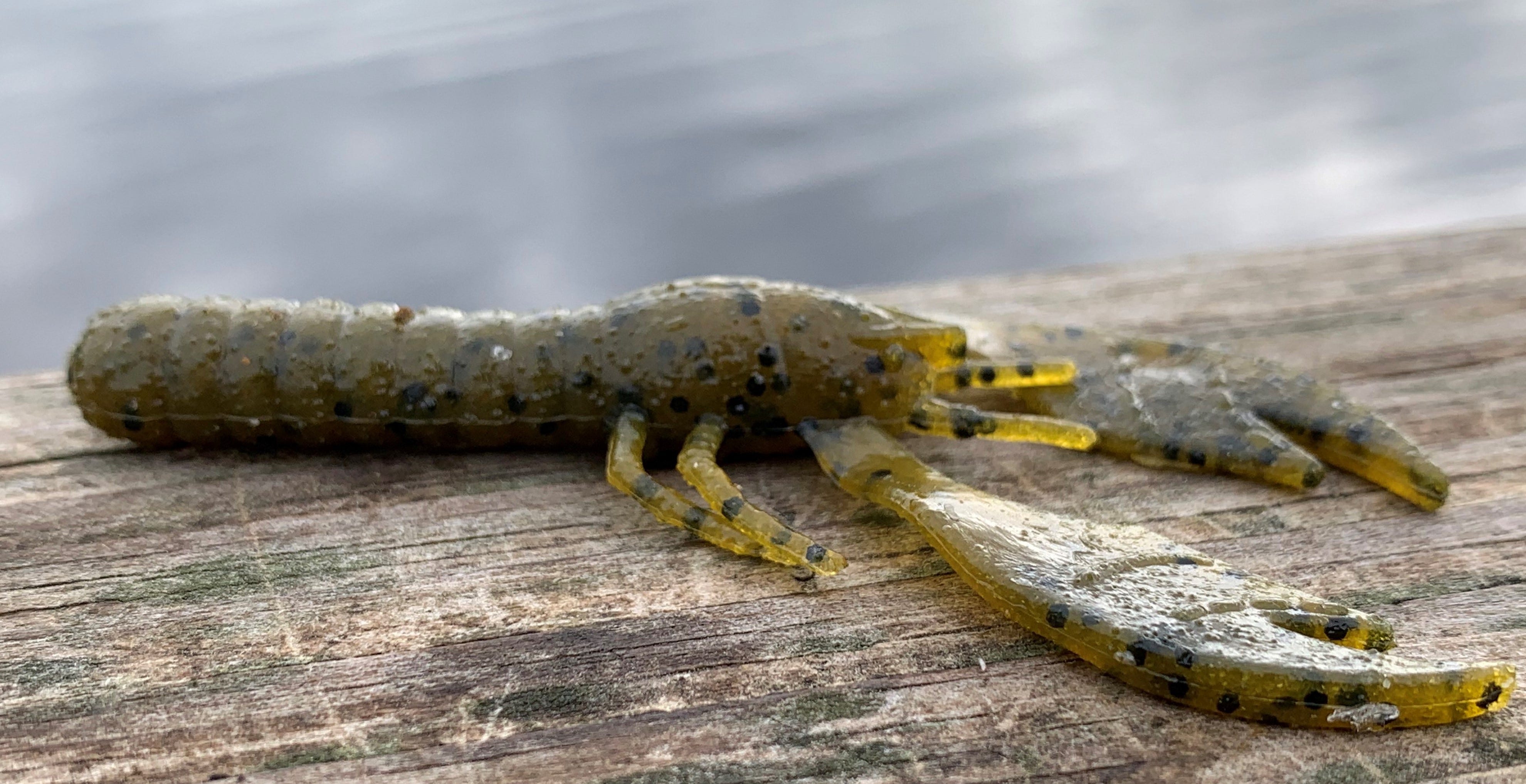

The Craw Papi hybridizes a craw worm with its solid, worm-like tail section and a swimming craw with its fast-action flapping claws, and has a hollow body cavity that adds buoyancy to keep the claws up and that feels natural when a fish bites.
The result is a highly versatile crawfish bait that can be Texas or Carolina rigged of used as a jig trailer and will stay on the hook well or be used for finesse techniques like Ned rigging and even drop-shotting. On a dropshot, the Craw Papi stays horizontal better than most of crawfish lures, and any movements bring the claws to life.
Adding versatility, the Craw Papi comes in 2 ¾- and 3 3/4-inch sizes. The smaller size is a good match for finesse applications and a good size to rig as a jig trailer. The larger size lends itself better to Texas rigging and flipping or pitching into cover or casting to work down slopes.
CrawBug
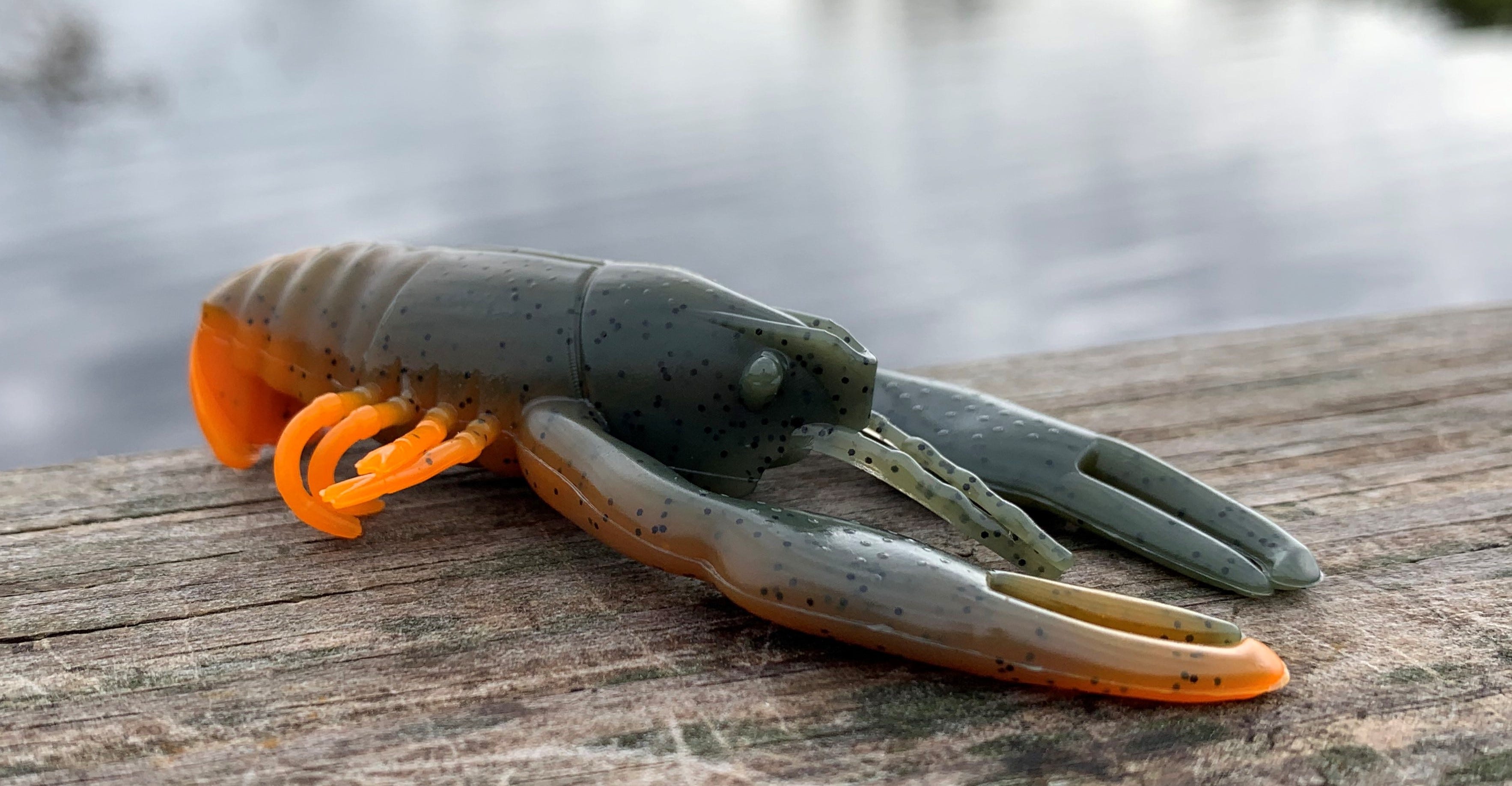

The YUM CrawBug’s simple design goal is obvious: matching the natural appearance of a real crawfish.
The CrawBug wasn’t designed for the purpose of moving extra water, showing a narrow profile, fitting nicely on a hook or anything else. It was made to look like a real crawfish in a tail-tucked, swimming position and to move backwards, like a real crawfish. The CrawBug is also hollow, constructed like a tube, so it feels natural when fish bite into it.
The CrawBug, which comes in 2 ½- and 3 ¼-inch versions, works nicely as a jig trailer or Texas rigged for working it through vegetation or other cover. For rocky areas that are relatively free of snags, its tough to top stringing it onto a shaky head or round-head jighead and either dragging it like a tube or hopping it along the bottom. This presentation looks highly natural, and hook-up ratios are excellent with the exposed hooks.
Craw Chunk
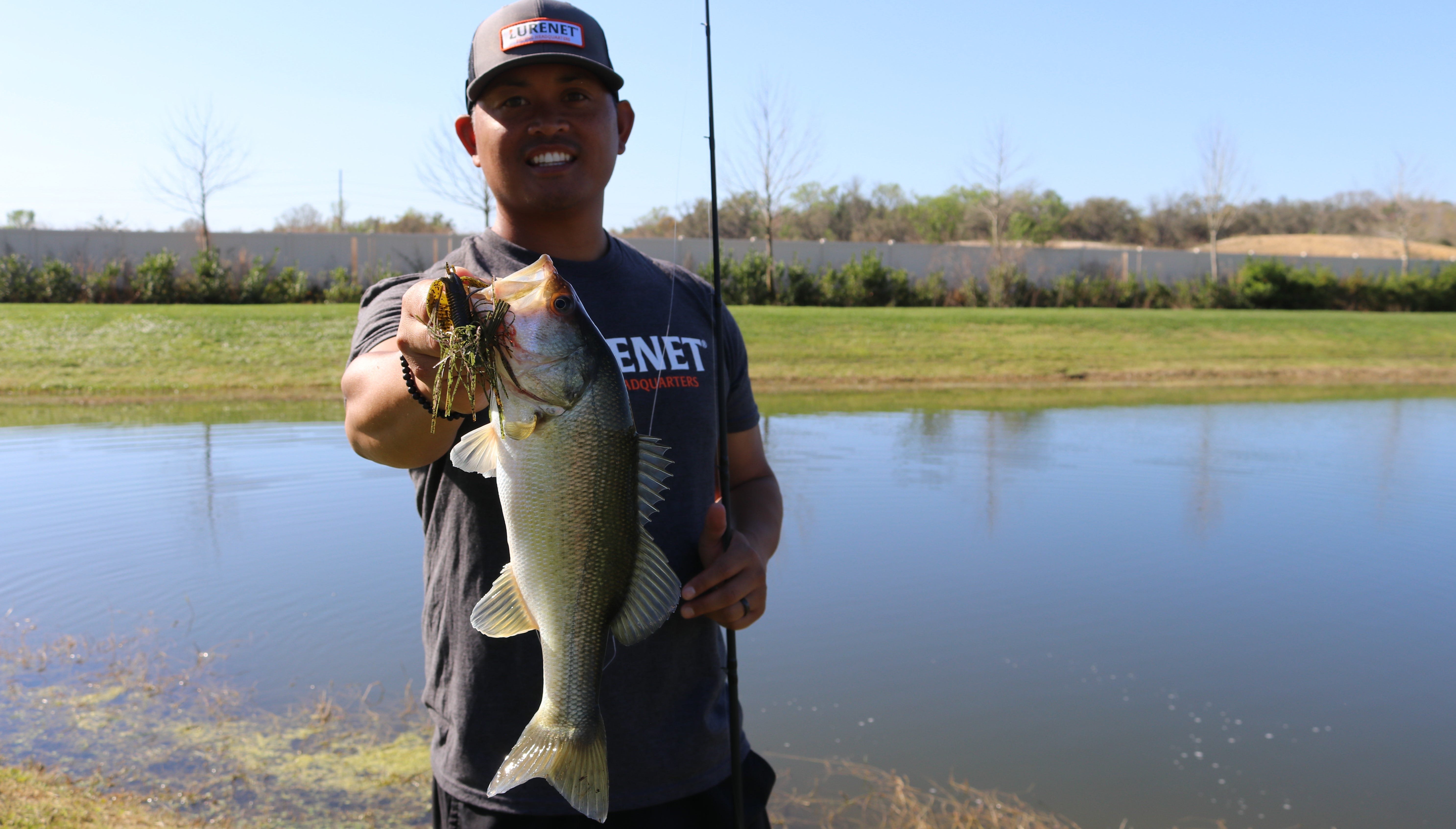

The YUM Craw Chunk is exactly what the name suggests. The simple general design spins from a classic pork chunk, with a thick solid body that will hold a large jig hook extremely well. However, the back end is all craw, with oversized flat claws that flap wildly with any movement.
While a Craw Chunk can be Texas rigged or fished on a plain jighead, it was designed to be a jig trailer, and that is where it excels. It adds bulk, movement and a crawfish-like appearance to any jig, but keeps the total package compact, and ribs on the body move extra water, which is important in thick cover. Plus, by shorting the body, you can easily make your total offering even more compact.
The Craw Chunk also provides a good match for everything from a small finesse jig to a large flipping jig and provides a good look for a huge range of jig fishing situations because it comes in three sizes (2 ¾, 3 ¼ and 3 ¾ inches) and a broad spectrum of colors.
Spine Craw
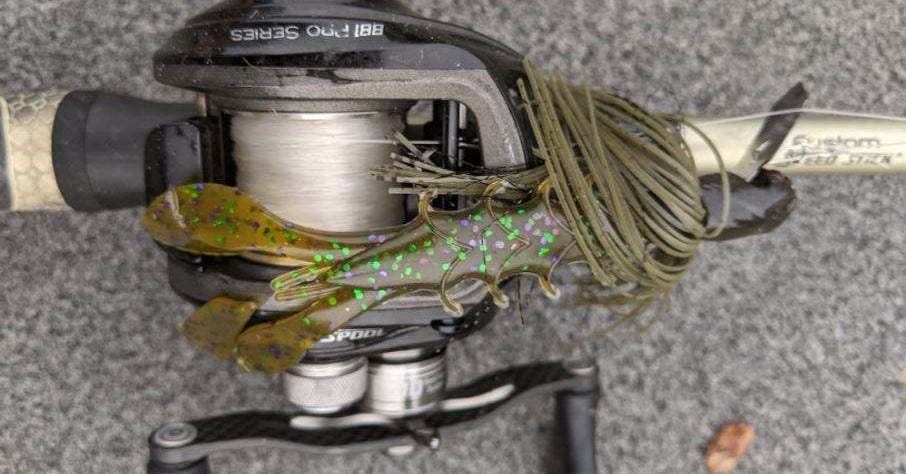

YUM’s newest crawfish offering, which was introduced about a year ago, the Spine Craw has gained major popularity due to its versatility and unique features. A narrow body and short legs allow the Spine Craw to easily penetrate thick cover, but quick moving, tight wiggling claws make it outstanding for swimming applications. Other features include back-angled appendages, which move extra water and slow the Spine Craw’s fall.
A solid body makes the Spine Craw extra good for Texas rigging, whether with a big punching weight or a small weight for swimming, and the swimming claw action and narrow profile make it an excellent choice for a Carolina rig.
As a bonus, the very tight claw movement of a Spine Craw allows it to be turned 90 degrees and rigged so the claws are parallel to the hook orientation on the back of a swim jig or bladed jig. With this rigging, a Spine Craw turns into a baitfish imitator.
Crawfish Colors
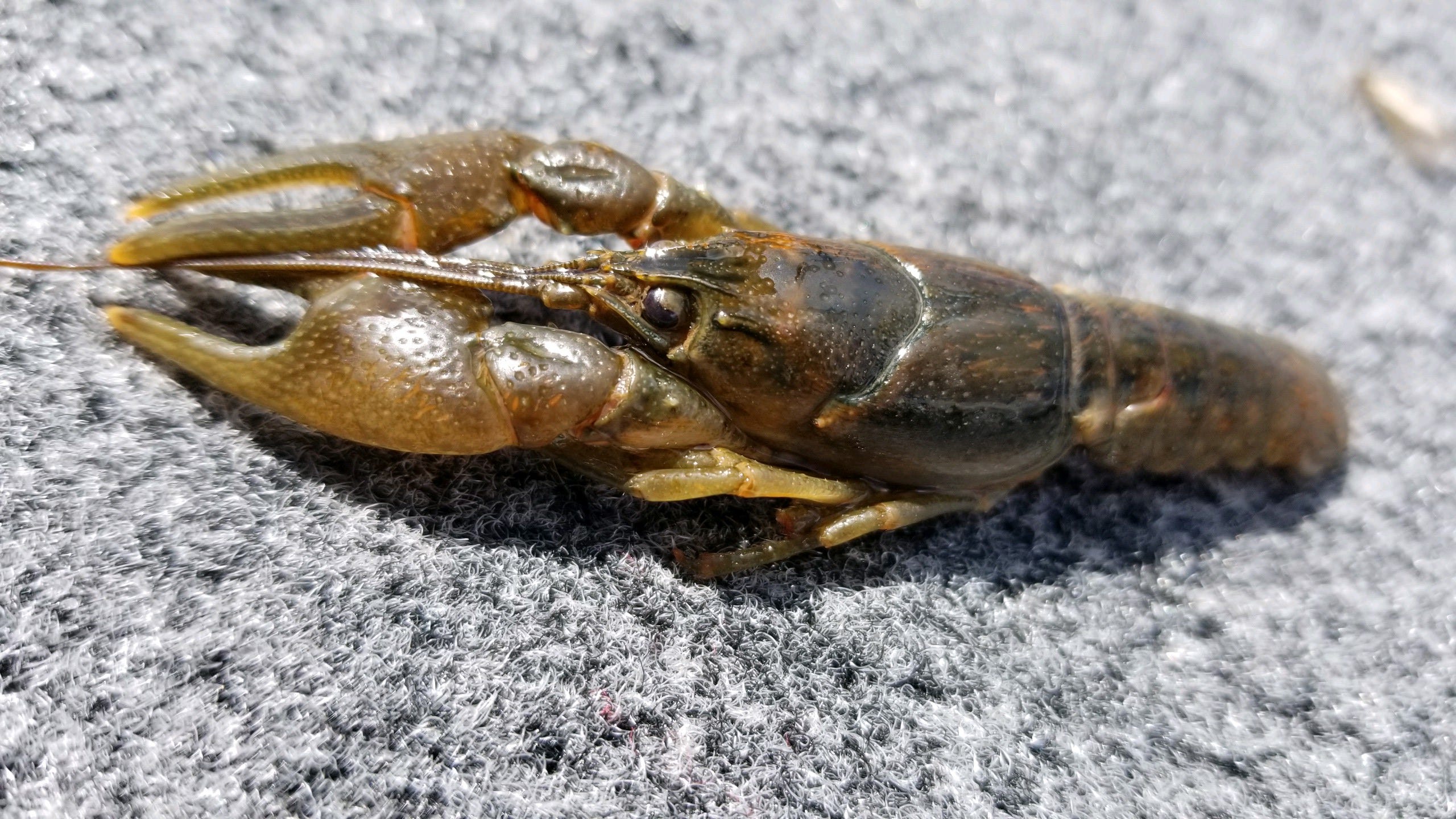

Crawfish lure color considerations can get complex quickly because natural crawfish colors and conditions vary so much. Green and red are at opposite ends of the color spectrum, yet both can be prevalent in crawfish coloration. Likewise, with blue and orange. Adding complexity, waters where you might want to use a crawfish bait range from a clear natural lake or mountain river to a stained or even muddy reservoir.
Visibility, whether dictated by cover, weather or water color, is a good starting point for choosing a color. Low-vis conditions call for dark colors like blue and black or for bright reds and oranges. Bright sun, clear water and sparse cover suggest more muted natural tones and more translucent lure colors.
Beyond visibility, important factors include mimicking local craw color, matching the general look of the water, considering the season (craws tend to feature more bright oranges and reds early in the year) and either complementing or contrasting the color of a jig for a craw used as a trailer.
Legitimate decision-impacting factors acknowledged, there is much to be said for starting with the colors that fit the situation, but being willing to experiment and allow the fish to dictate the crawfish colors they want!
Gathering Crawfish Clues
- Peer down the throat of every fish you catch.
- Look into water with polarized glasses in shallow areas, especially near rocks or vegetation.
- Watch the water’s edge for crawfish holes and look for claws or shell pieces near the edge, especially near riprap and shallow weedy areas.
- Ask questions at the local bait shop or on a lake message board.



